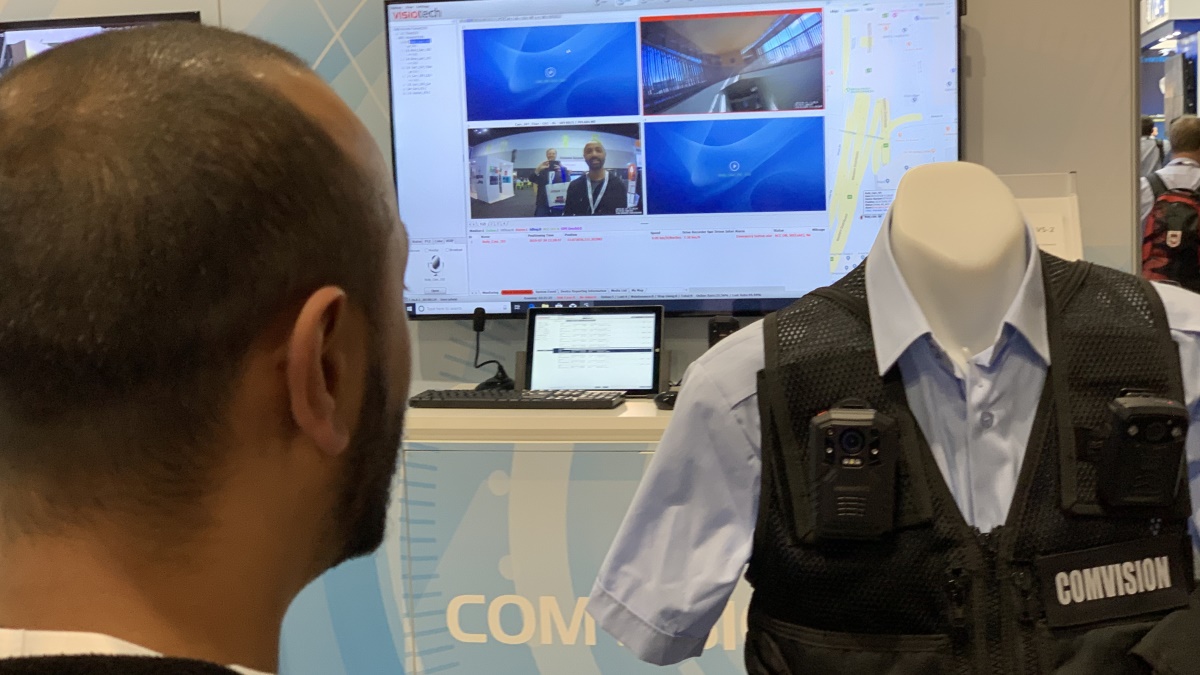The Xailient team attended the 2019 Sydney ASIAL Security Exhibition and Conference to see the state of the industry. AI face recognition was a common theme of the show.
We looked at body cameras from vendors like Comvision, and fixed video sensors from many providers like Bosch and Axis. It seemed everyone was showing off their partnerships or add-ons for AI facial recognition, including vendors like Titan AI, Nirovision, IPS Tek, and Cognitec.
Exhibitors proudly mounted cameras and big screens to show attendees’ faces in bright yellow and orange boxes as they walked by. How all these providers will separate themselves from the pack was an open question.
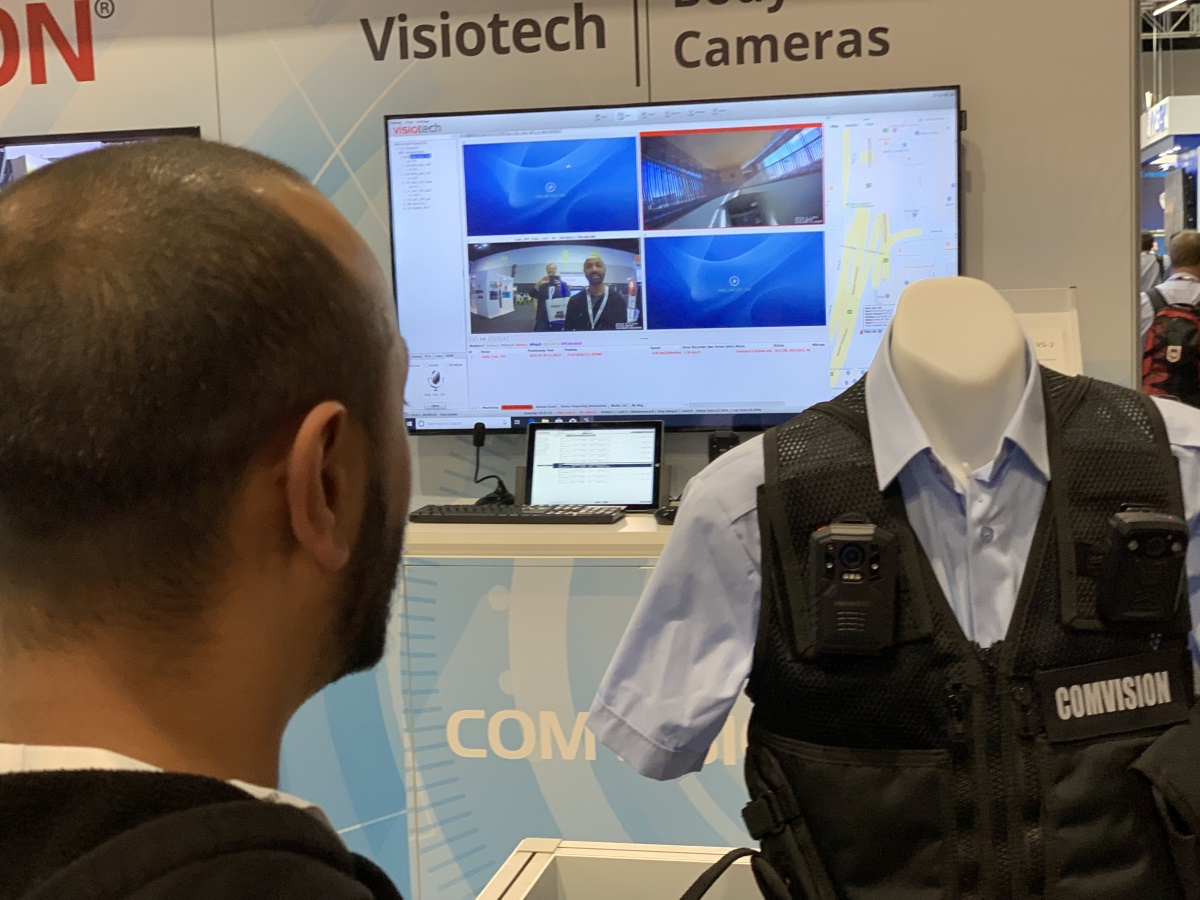
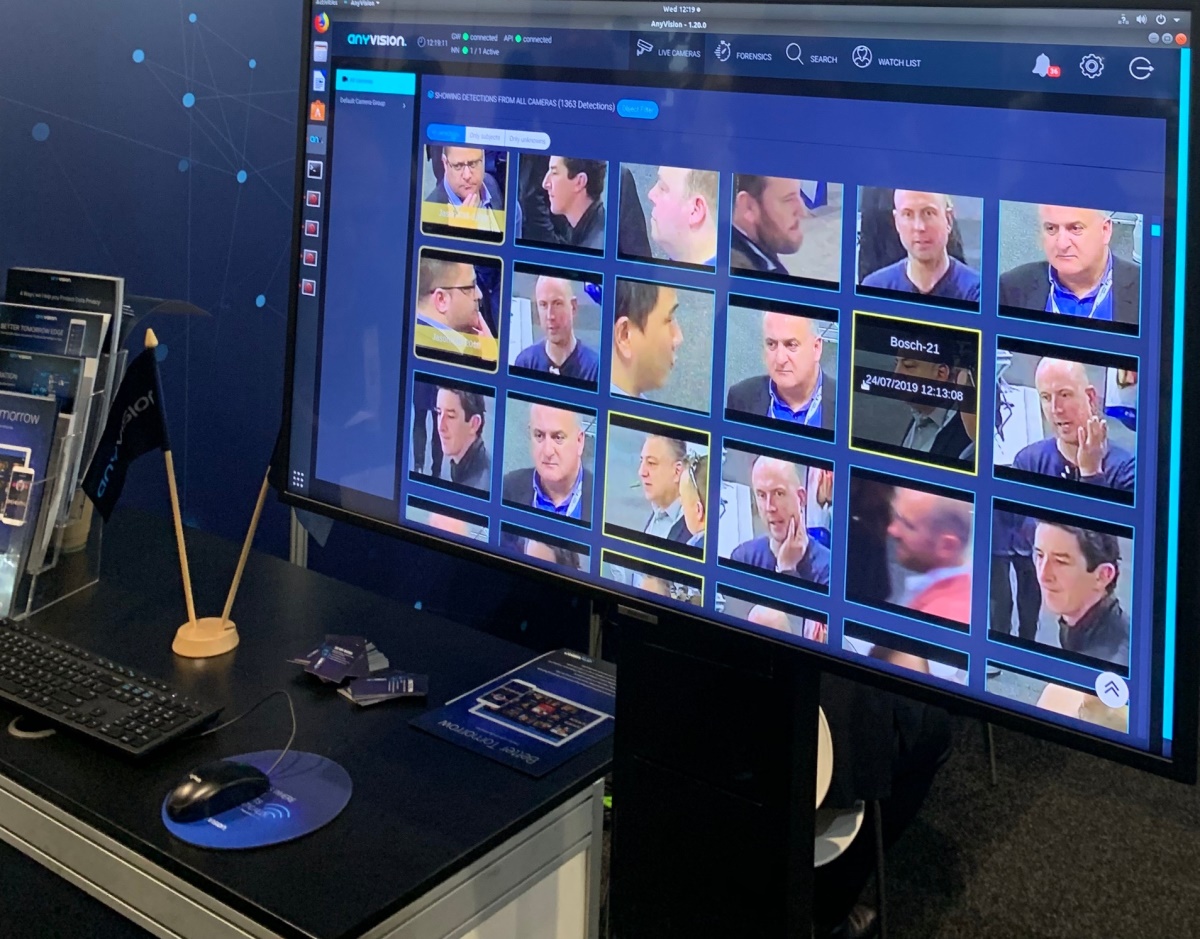
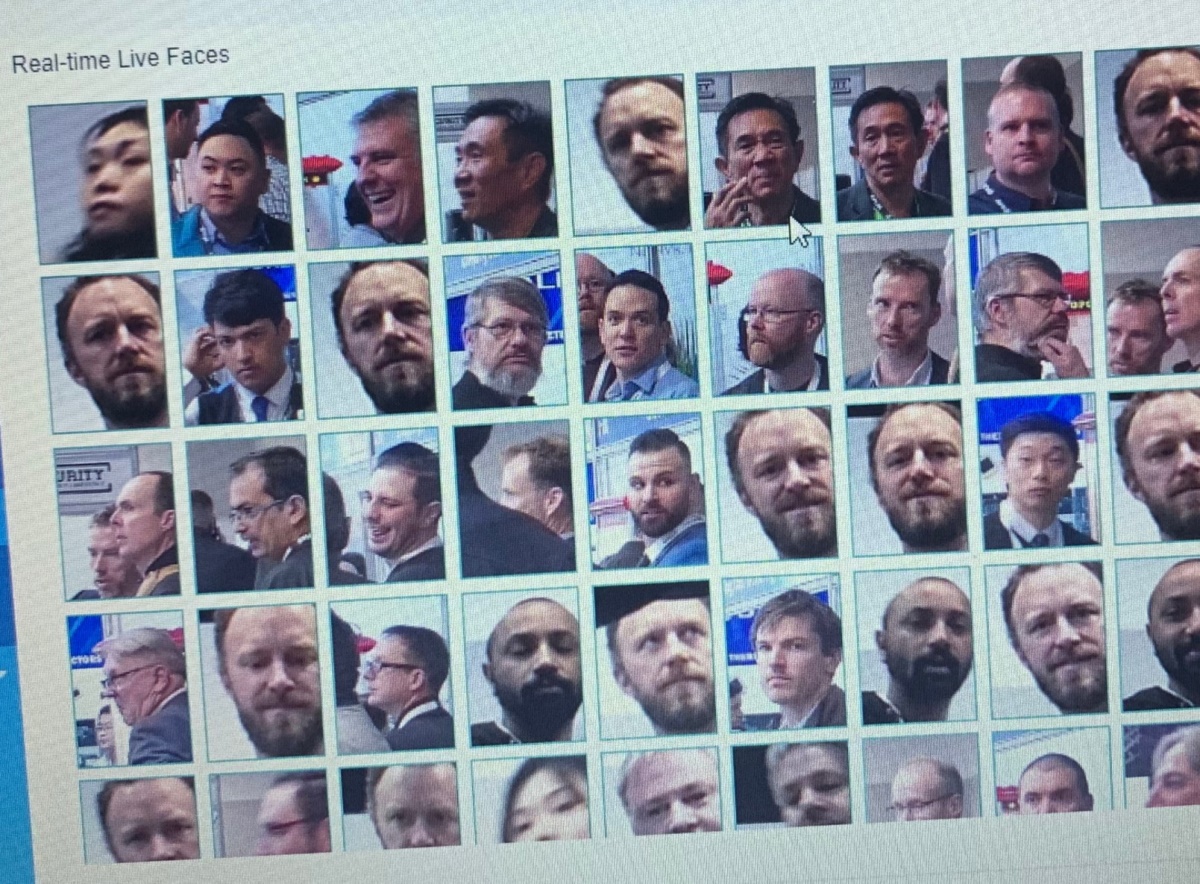
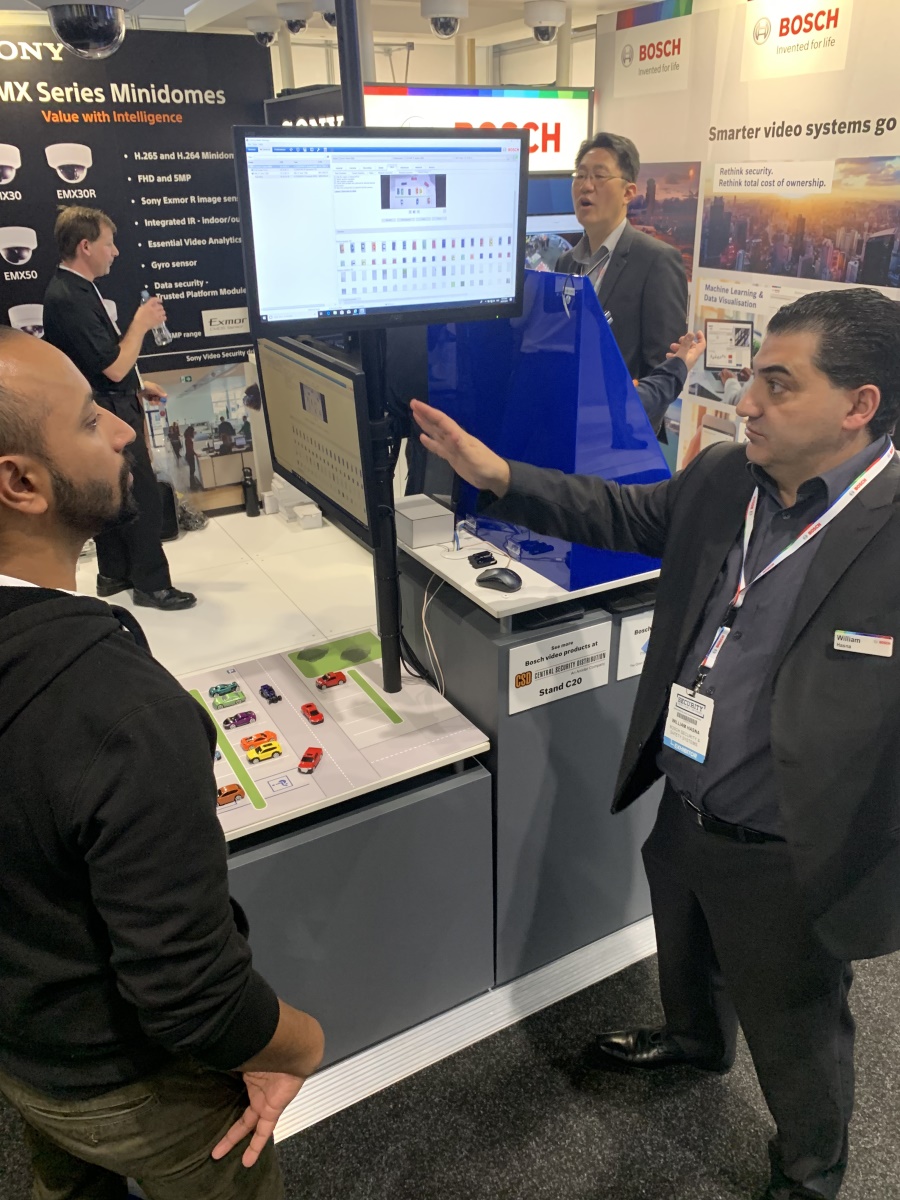
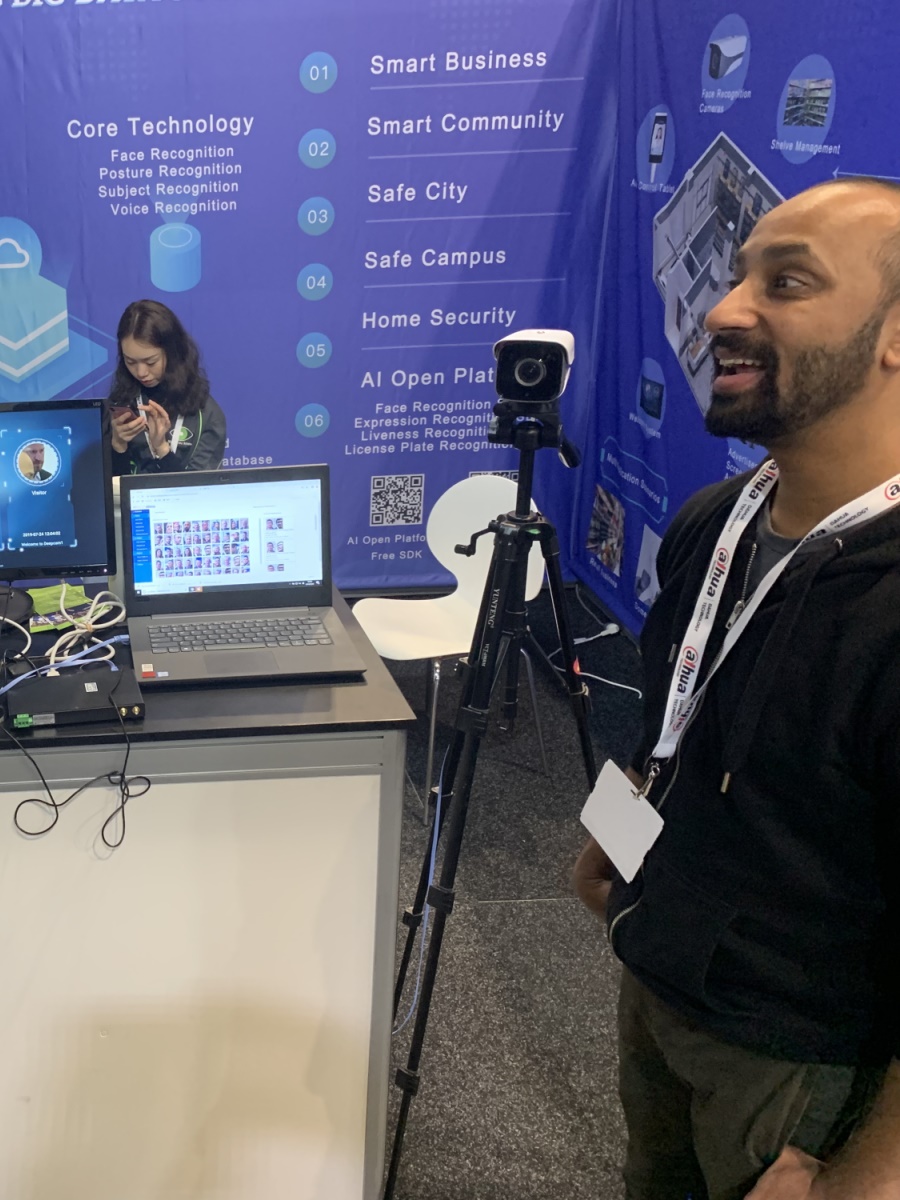
What we did hear a lot was the phrase “gaming PC”. This seeming non sequitur in the serious business of security is the industry’s answer to crushing cloud costs. It seemed like behind every booth there was a stack of NVIDIA GPUs whirring. Just about every booth needed a $15,000 special-purpose computer. This is because running all that video data through the network would have overwhelmed the conference center.
AI Facial Recognition and the Problem with Data
To be fair, this is also the problem faced by every potential security customer. A large commercial property will have between 100 and 300 cameras, and a network connection big enough to handle that traffic would be cost-prohibitive. Even if the network could handle it, the cost to run face recognition AI on that much video would result in a crushing cloud computing bill.
Faced with the impracticality of using the cloud to provide facial recognition on large numbers of cameras, security systems integrators are adding high-end “gaming PCs” to their on-premise fit-outs. But even with $15,000 in extra CAPEX, only a handful of cameras can use the facial recognition system. This is because the computation needed to detect and recognize faces is enormous.
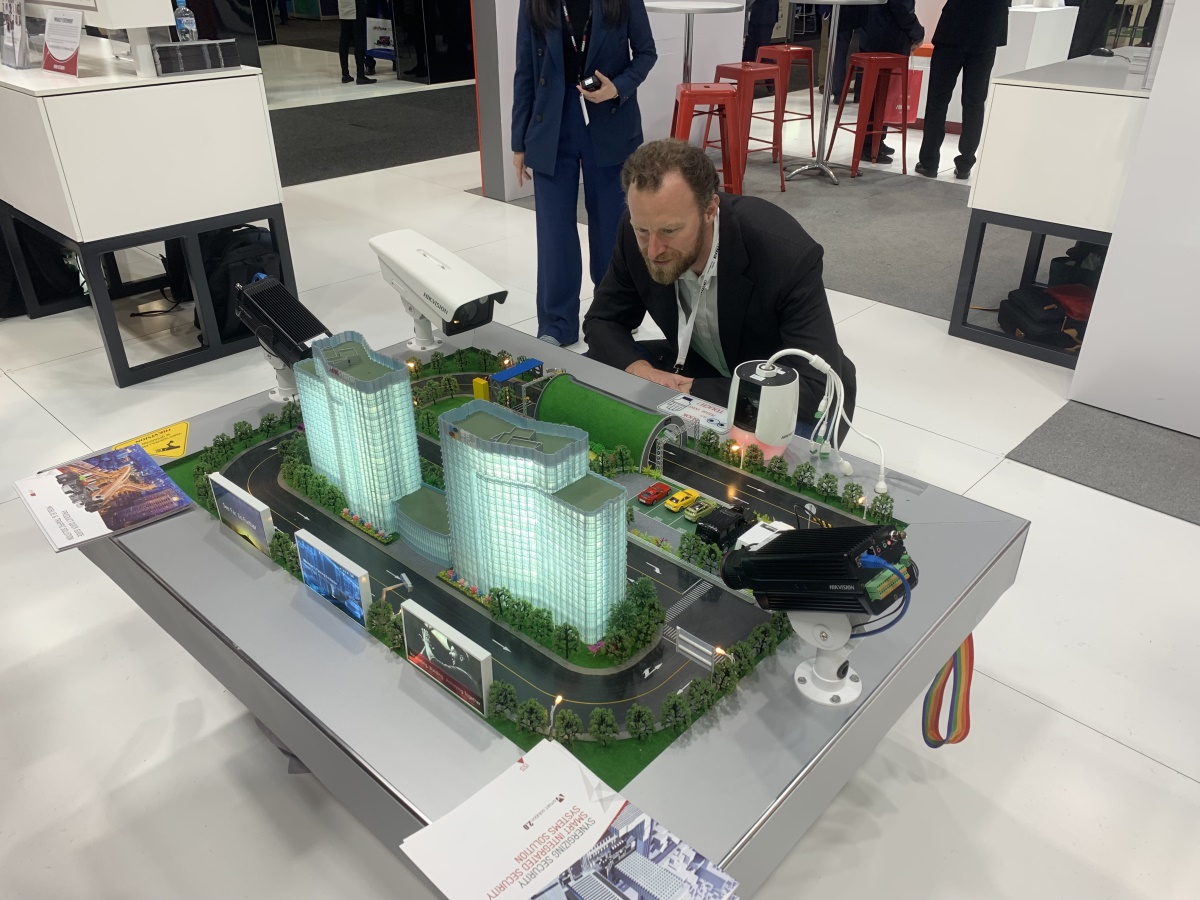
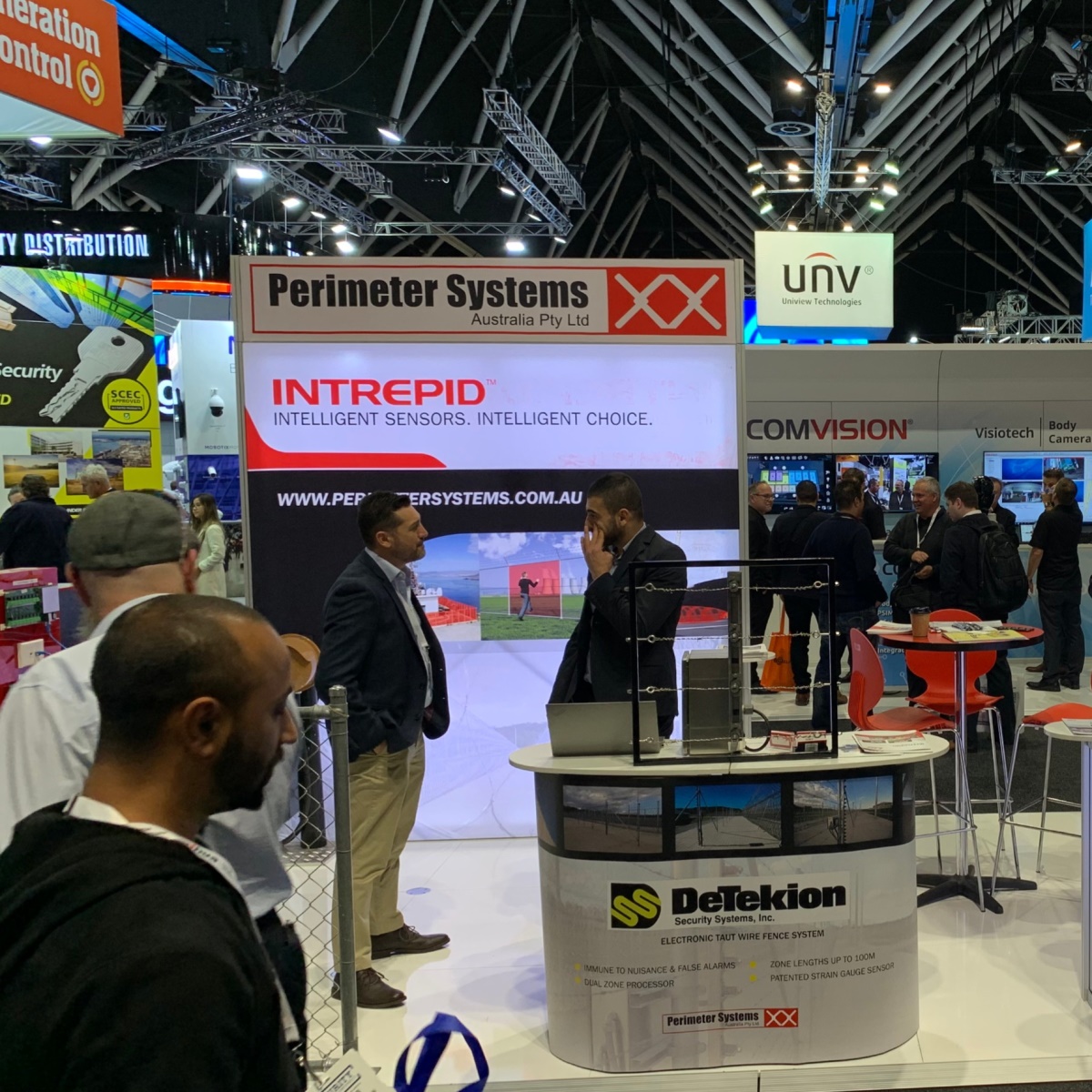

Over 350 million cameras are deployed globally to provide security surveillance. Most running 24/7, 365 days a year. How are security professionals handling this deluge of data?
Scratching the surface, we found most exhibitors admitted that the vast majority of security monitoring is done by humans sitting in front of screens and that the majority of cameras aren’t monitored at all.
Despite the excitement about the potential for AI facial recognition to help preempt crime and other security incidents, the reality is that the primary use case for surveillance remains evidence gathering for after-the-fact.
Improving safety will require faster and cheaper AI facial recognition architectures than are available on the market today. For a couple of Antler Entrepreneurs, we saw this as an exciting validation of the value proposition of Xailient.
Xailient enables computers to see like people, facilitating innovators in AI to bring solutions that are more cost-effective for their customers, and more profitable for the service providers, through exclusive software that is 10-100x faster and cheaper.
